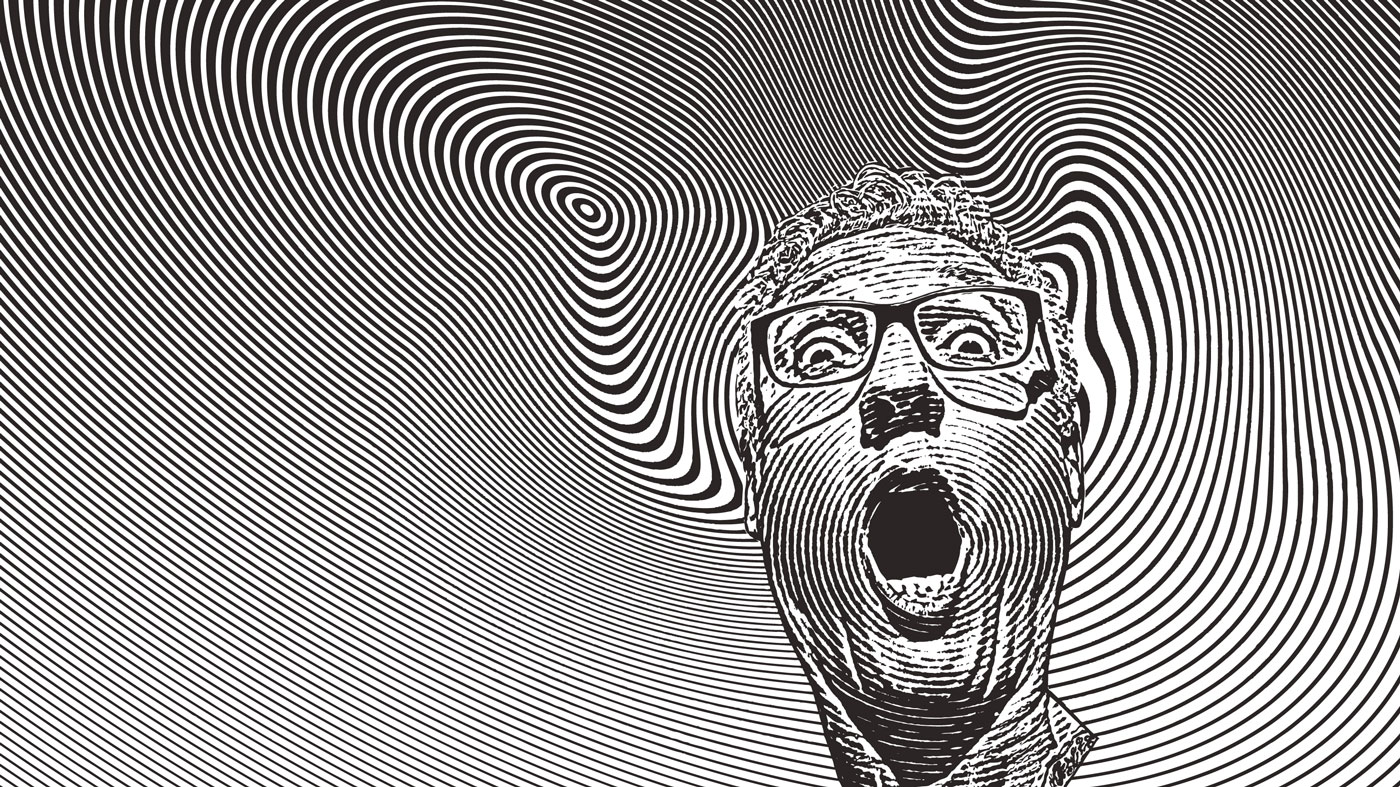8 of the biggest logo redesigns of 2019
Every year sees old logos replaced by shiny new ones; here are our favourite redesigns of 2019.
There's no such thing as the perfect logo. No matter how good a new logo looks at launch – and today you can guarantee that it's likely to be met with a barrage of online scorn regardless – sooner or later it's going to start to look its age and out of step with the latest design trends.
Except in a very few cases – Ford and Coca-Cola spring instantly to mind – a logo design is eventually going to need updating, and in some case, completely replacing. Every year sees an assortment of logo redesigns touching down, some of which simply tweak and refocus a tired design, while others throw everything out and start over. Here are eight of this year's best, each taking a slightly different approach to updating a well-known logo.
01. Volkswagen
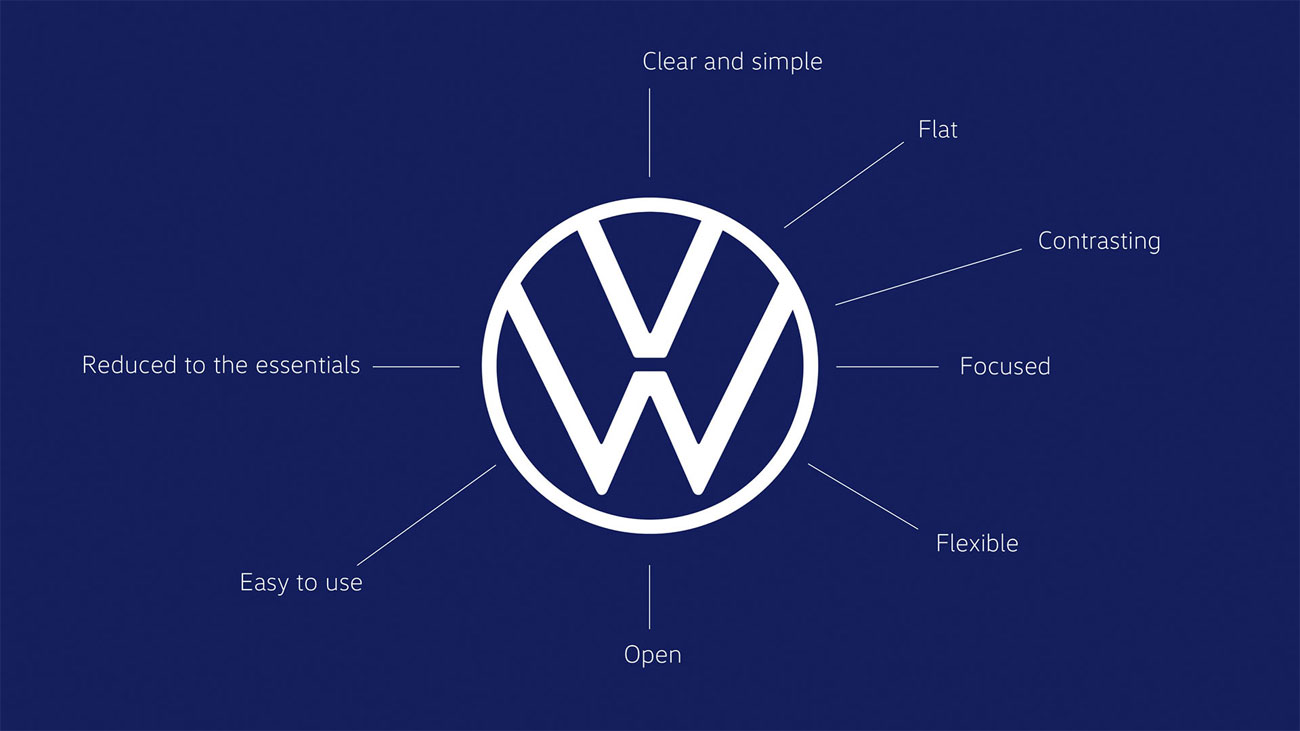
Volkswagen has such an instantly-recognisable logo that to change it too much is simply unthinkable. The chunky VW monogram has served it well over the years, but its fussy, embossed look was starting to look a little dated, so this year Volkswagen unveiled a redesigned logo that's still cut from the same cloth but a lot more contemporary.
This new, flat logo is designed to scale gracefully across all possible use cases, and features thinner strokes as well as friendly rounded corners on the tips of the letters.
02. Slack
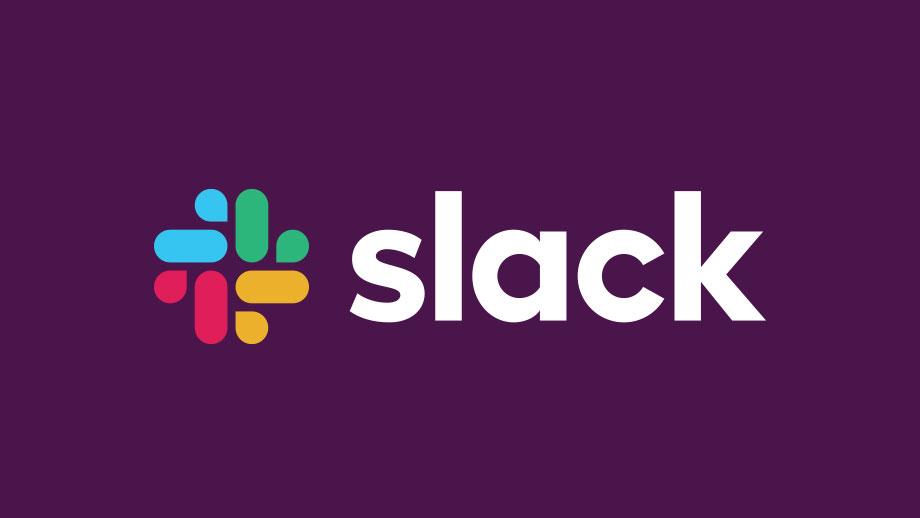
Slack's original hashtag logo was created before the company had even launched, and it was a bit of a mess, with 11 different colours that never looked good if it was placed on any colour other than white, or if it wasn't rotated at exactly 18º, or if the colours were tweaked at all.
Its new logo, designed by Pentagram and revealed at the start of the year, is a simpler four-colour pinwheel design built to be easier to use and more cohesive across multiple platforms.
03. Firefox

18 months in the making – including a process in which Mozilla invited the public to share their thoughts on potential designs – the new Firefox logo is a swish simplification of the old logo that's part of a larger branding system for the entire Firefox brand.
Daily design news, reviews, how-tos and more, as picked by the editors.
The new branding is based on four key pillars – 'Radical', 'Kind', 'Open' and 'Opinionated' – and features a new and expanded colour palette that makes great use of gradients.
04. Android
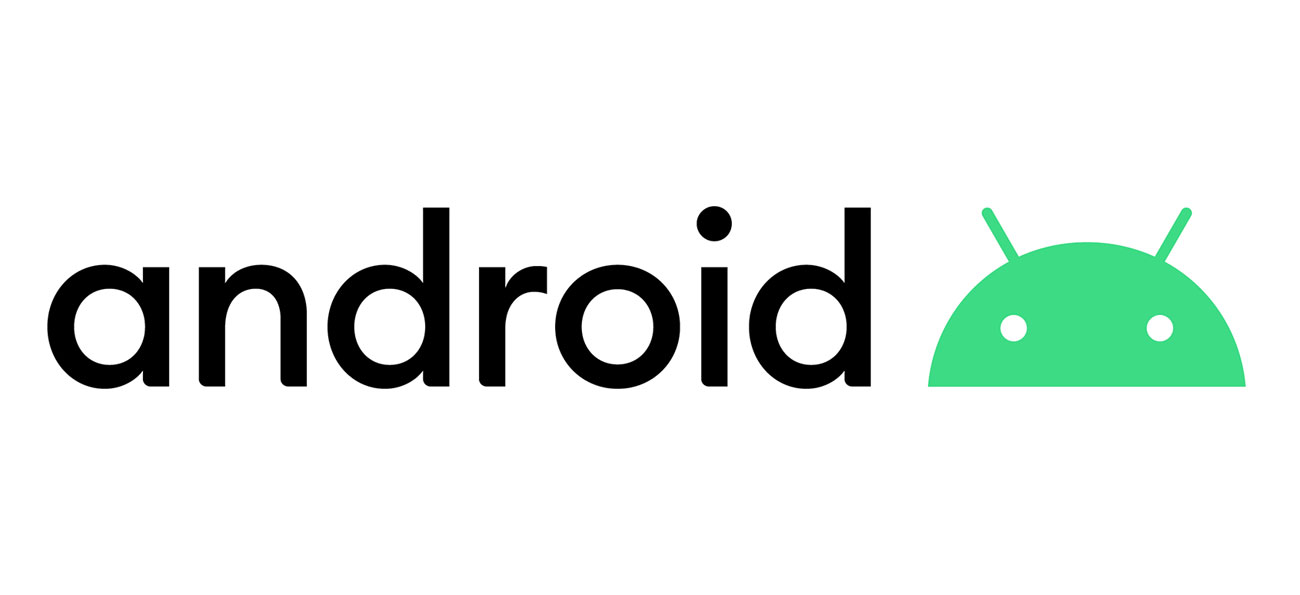
Previously a lime green colour that, says Google, was hard for people with visual impairments to see, especially when paired with other colours, the new-look Android bot that's key to the mobile brand has had a paint job. It's now a much more soothing minty green shade that's much more accessible.
This year's redesign also saw the cute little android lose its body and get reduced to a still-identifiable head; Google also used the opportunity to ditch its weird version naming system in which every release was named after a sweet, and move to a more conventional number-based process.
05. Macy's
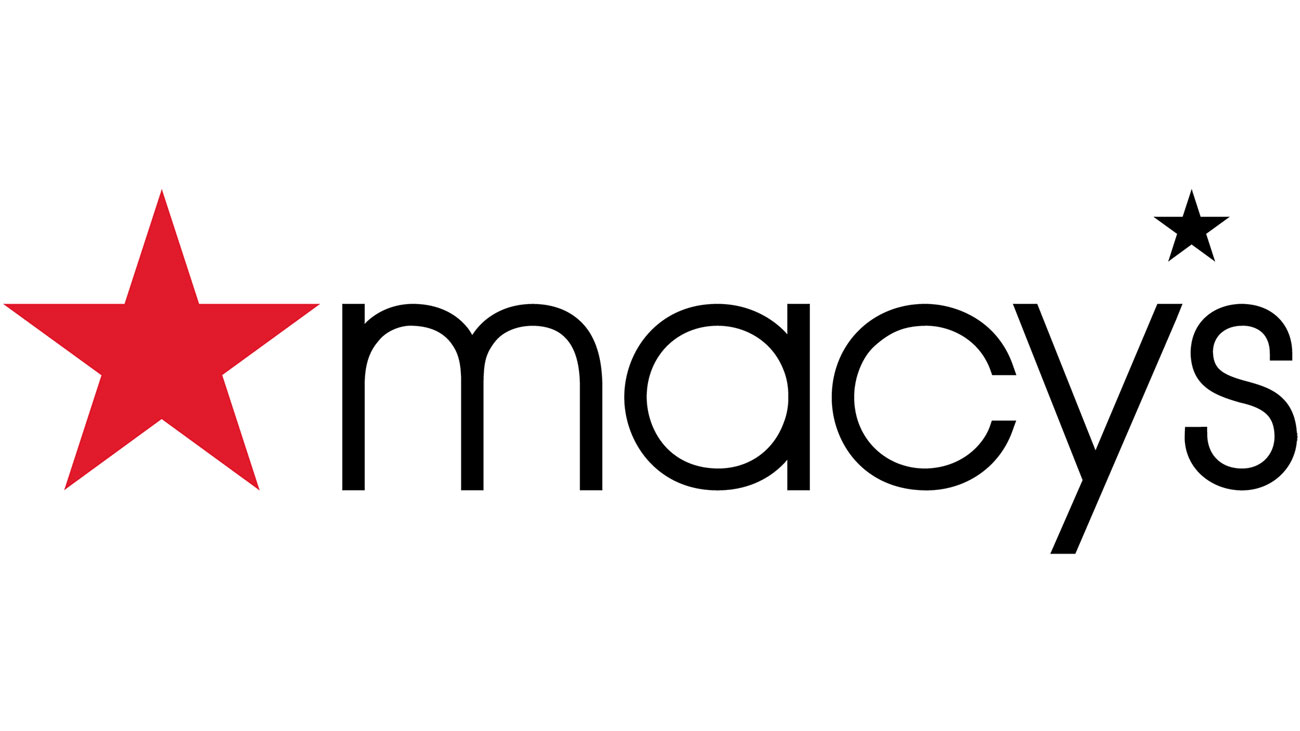
A small tweak to Macy's logo this year has made a big difference. The previous version used big letterforms, with an incredibly thin stroke width and really narrow kerning that didn't make for great legibility; the new one brings in thicker strokes and looser tracking that's a lot more readable.
We're not keen on the lack of overshoots on the lettering's curves, and the squashed 's' on the end of the logo is never going to look good to us, but on the whole these changes have resulted in a vastly improved logo design.
06. BT
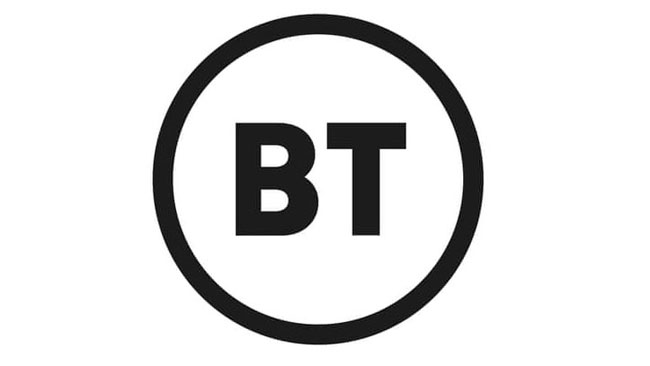
The current trend for minimal logos that work well at any size is probably most evident in this year's redesigned BT logo. Created by London studio Red&White, the new logo is as simple as it gets: 'BT' in an unobtrusive sans-serif, surrounded by a circle.
While its simplicity inevitably drew flak for looking bland, not to mention the standard criticisms that it looks like something knocked up in five minutes with MS Paint, it's a strong and confident look that's a huge step forward from the previous logo with its meaningless globe motif made up of blobs of various colours.
07. Yahoo!
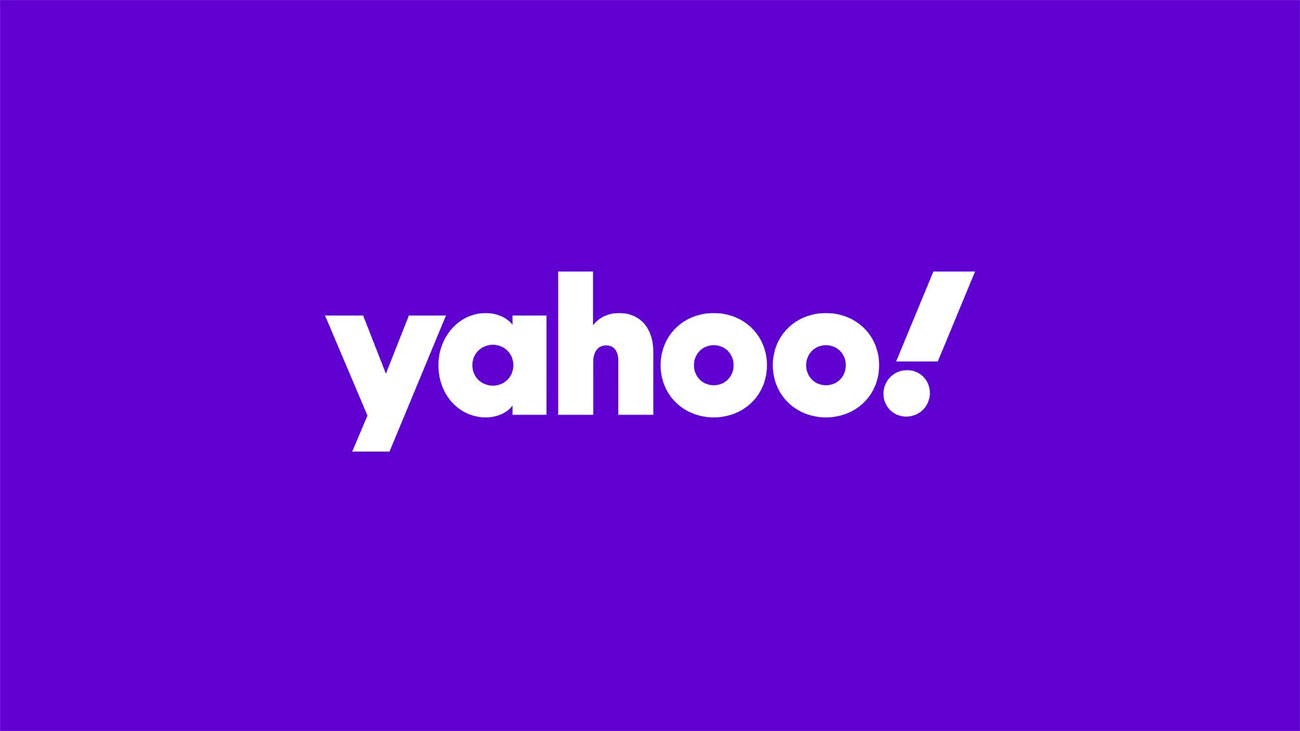
The most surprising thing about the announcement of a new, Pentagram-designed Yahoo! logo is that Yahoo! still exists. The go-to starting point on the web back in the 1990s, today it's a mere shadow of its former self; however its new logo suggests that maybe there's life in the old dog yet.
Centred around a logotype set in Centra No.2 Extrabold, with the letters subtly altered to be more geometric and compact, the new design has a definite vitality to it that's enhanced by the italicised exclamation mark that tilts at the same angle as the 'y' – suggesting a sense of momentum and excitement, according to Pentagram.
The primary 'grape jelly' purple of the brand's palette is guaranteed to stand out on screen, while a simplified 'y!' monogram is a great favicon and social media fit. Will it turn Yahoo!'s fortunes around? It seems unlikely, but it's at least made us pay attention to Yahoo! for the first time in ages.
08. Grolsch
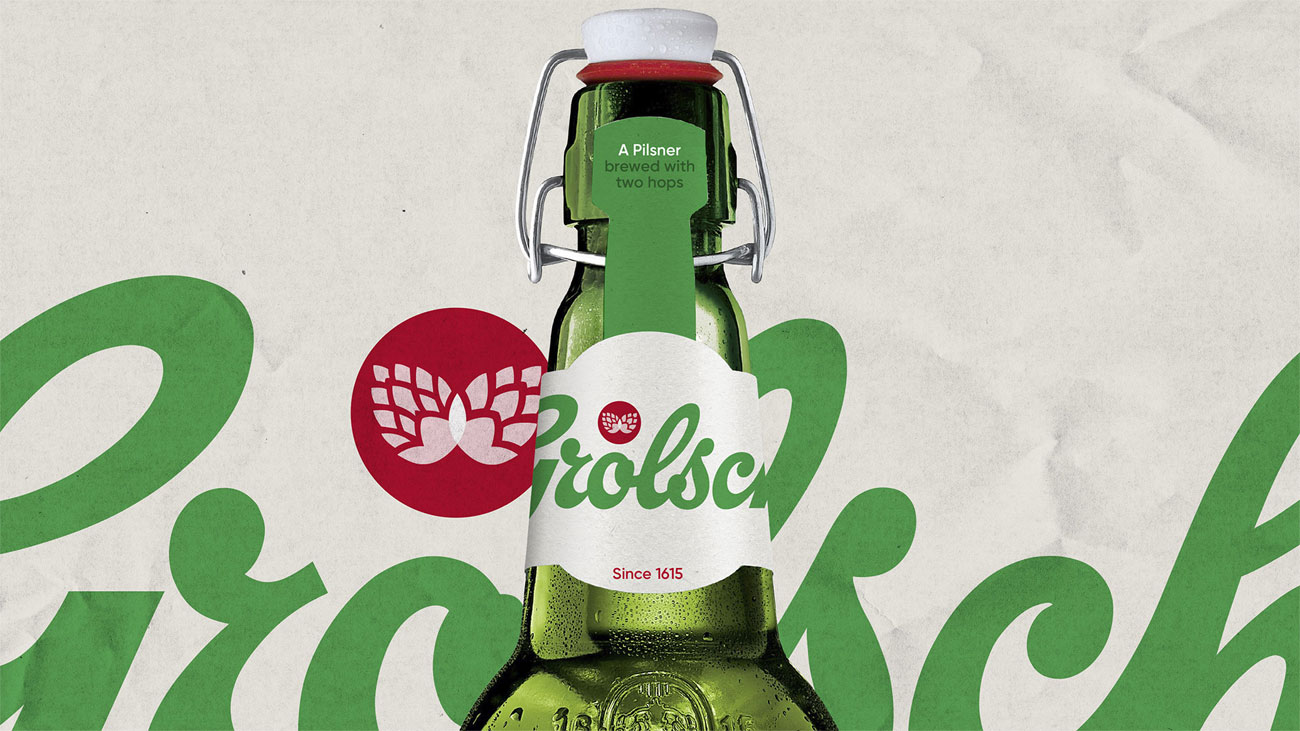
To finish off, here's an excellent example of a redesign that gives a brand a much-needed refresh while remaining true to its DNA. Created by freelance designer Dan Lawrence, this rebrand for Grolsch addresses an issue that many brands come up against eventually: the gradual iterative tweaking of branding over the years, which results in a design that's an unappealing mix of disparate styles.
Lawrence approached this redesign by concentrating on the essentials and stripping out everything that served no purpose; the result isn't the bare minimalism that you might expect, but a lean and keenly-focused branding package that retains the Grolsch identity in a much more pleasing way.
Related articles:
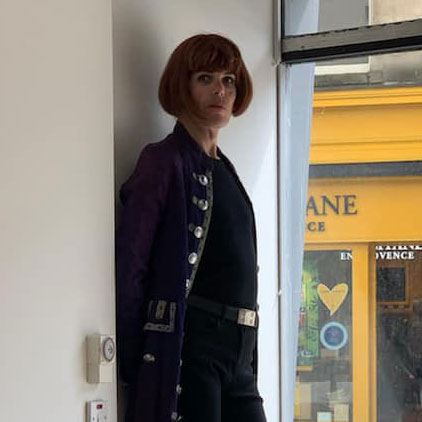
Jim McCauley is a writer, performer and cat-wrangler who started writing professionally way back in 1995 on PC Format magazine, and has been covering technology-related subjects ever since, whether it's hardware, software or videogames. A chance call in 2005 led to Jim taking charge of Computer Arts' website and developing an interest in the world of graphic design, and eventually led to a move over to the freshly-launched Creative Bloq in 2012. Jim now works as a freelance writer for sites including Creative Bloq, T3 and PetsRadar, specialising in design, technology, wellness and cats, while doing the occasional pantomime and street performance in Bath and designing posters for a local drama group on the side.
